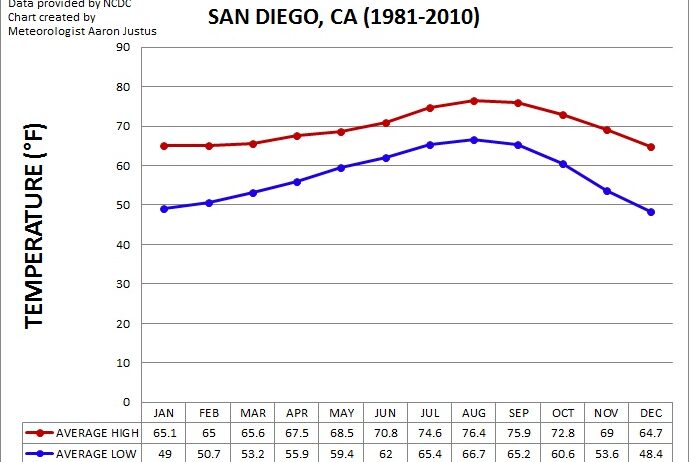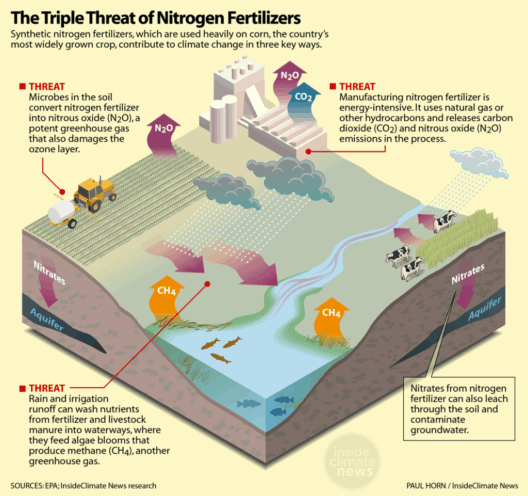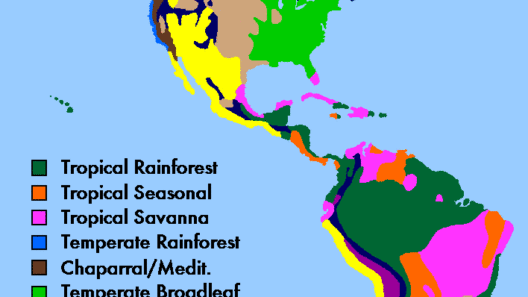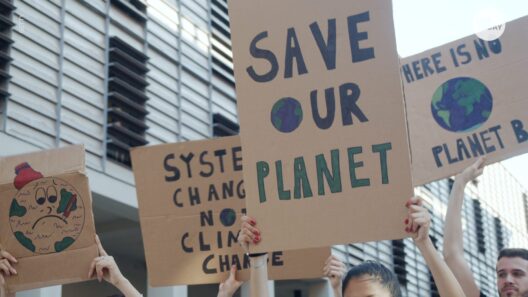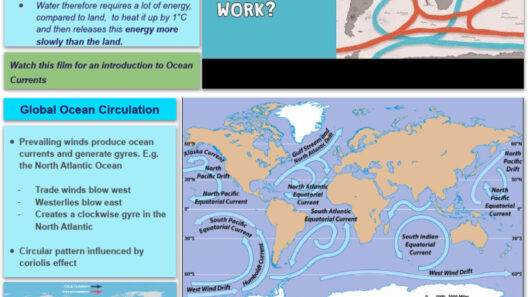San Diego, affectionately dubbed “America’s Finest City,” is celebrated not just for its picturesque coastline and vibrant culture, but also for its remarkably temperate climate. Located in the southern part of California, San Diego boasts a semi-arid climate, classified broadly as Mediterranean. This distinction lends itself to an abundance of sunshine, mild temperatures, and a comparatively modest amount of rainfall, making it a desirable locale for both residents and visitors alike.
The climate of San Diego is characterized by warm, dry summers and mild, wetter winters. On average, the city experiences around 260 sunny days each year. This long duration of sunlight significantly contributes to the health and well-being of its inhabitants, offering ample opportunities for outdoor activities such as surfing, hiking, and various recreational pursuits. As a populace keenly aware of the climate and its implications, San Diego’s residents prioritize sustainable living practices, further enhancing the city’s appeal.
To delve deeper into the specifics of San Diego’s climate, one must consider temperature fluctuations throughout the year. The coastal region typically enjoys average high temperatures ranging from the mid-60s in the winter to the mid-80s during the summer. Inland areas, such as those found in the East County, experience greater temperature variations, with summer highs often exceeding 90 degrees Fahrenheit. Despite these fluctuations, nighttime temperatures cool off significantly, providing residents with comforting relief from daytime heat.
Rainfall patterns in San Diego are primarily dependent on seasonal shifts. Most precipitation occurs during the winter months, specifically between December and March. On average, the city receives about 10 to 12 inches of rain annually, rendering it fairly arid compared to other parts of California. The infrequency of rain during the summer months supports the flourishing outdoor lifestyle that defines the San Diego experience. However, these precipitation irregularities, a side effect of broader climate change, raise concerns about future water resources and sustainability efforts.
Moreover, the city’s unique topography plays a pivotal role in the localization of its climate variations. Coastal zones, valleys, mountains, and deserts converge within San Diego County, creating diverse microclimates across the region. For instance, areas such as La Jolla and Coronado bask in cooling sea breezes, while neighborhoods further inland can experience arid conditions with limited humidity. These differences necessitate adaptive gardening practices and promote a variety of flora and fauna that thrive uniquely in each zone.
Indeed, the ecological richness of San Diego is enhanced by its climate. The Mediterranean-like conditions support an abundance of native species, which in turn contribute to the biodiversity of the region. One notable example is the San Diego River, which serves as a crucial watershed and wildlife habitat. Efforts to preserve and restore these natural ecosystems are paramount as the impacts of climate change continue to seep into California’s diverse environments.
Climate change presents a formidable challenge, one that is particularly salient in coastal cities like San Diego. Rising sea levels threaten shorelines, potentially leading to erosion and loss of habitat. Additionally, increased temperatures could extend drought periods, stressing water resources. To combat these challenges, San Diego has implemented rigorous sustainability initiatives, including conservation campaigns and investments in renewable energy. Residents are encouraged to adopt water-efficient practices and reduce their carbon footprints, all contributing to a collective effort toward climate resilience.
In terms of air quality, San Diego generally enjoys good conditions, though there are times when pollution levels can spike, particularly during the warmer months when smog can develop under specific meteorological conditions. Efforts to monitor and improve air quality are ongoing, with initiatives aimed at reducing vehicular emissions and promoting public transportation. The San Diego community is increasingly becoming aware of the interconnections between climate actions and public health, emphasizing the importance of clean air as an essential component of a healthy lifestyle.
One cannot overlook the cultural impact of San Diego’s climate. The pleasant weather fosters a vibrant outdoor culture with numerous festivals, markets, and community events occurring year-round. Attractions such as Balboa Park and the San Diego Zoo thrive under these favorable conditions, drawing millions of visitors annually. The lifestyle inherent to San Diego is driven by its climate; the outdoors is not merely an environment but an essential aspect of the city’s identity.
In conclusion, San Diego’s climate is a multifaceted subject that encompasses more than just the notion of “perfect weather.” The characteristic features—warm temperatures, minimal precipitation, and diverse microclimates—contribute to the allure and livability of the city. Yet, as global climate patterns shift, so too do the challenges that accompany them. San Diego stands at a crossroads, grappling with the implications of climate change while striving to preserve its natural environments and maintain its status as a beacon of sustainability. Thus, understanding the climate of San Diego is not just an interest in ideal weather; it is a necessary exploration into what it means to live harmoniously with our surroundings amidst an ever-changing world.



